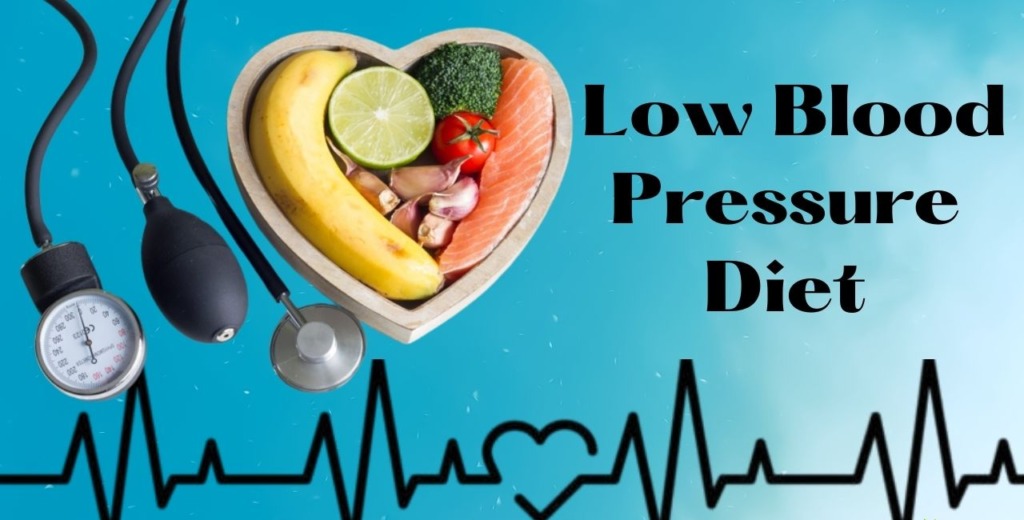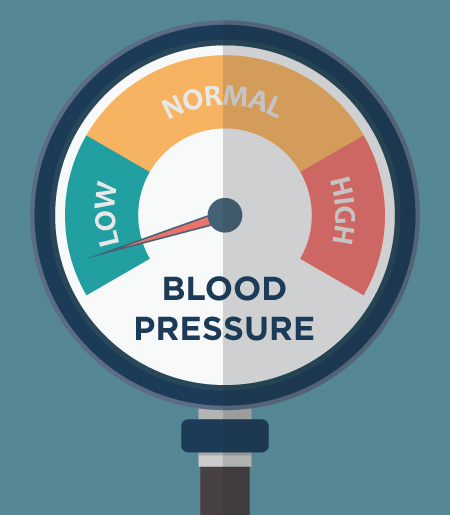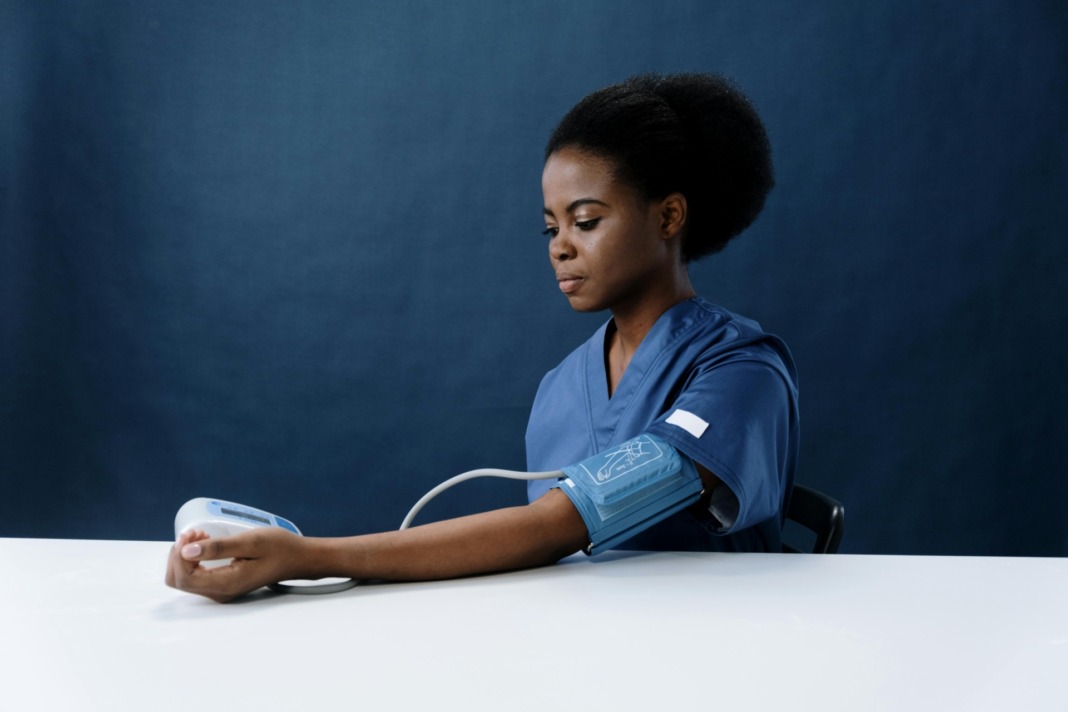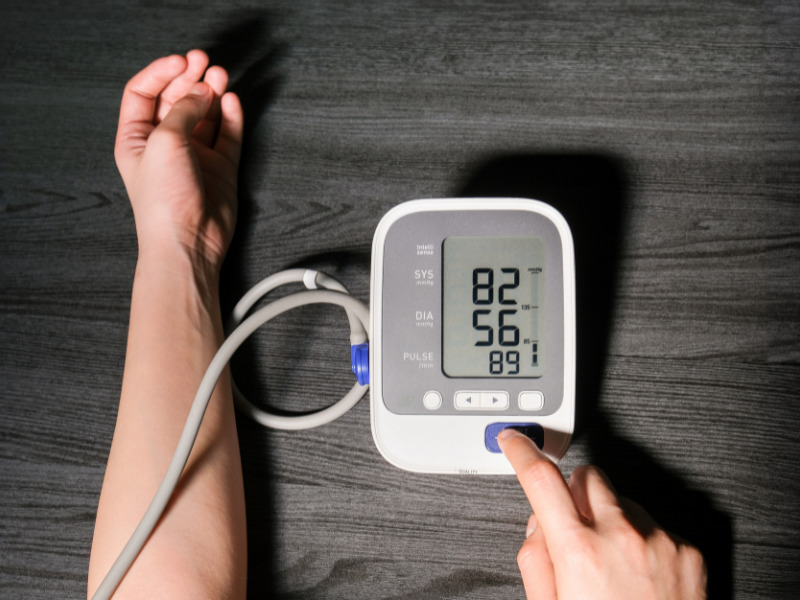Hypotension, or low blood pressure, can be caused by a number of things, including side effects from medications, diabetes, and getting older. Though it is sometimes disregarded, this problem is more widespread than one may imagine, particularly as people get older. If blood pressure is less than 90/60 mmHg, it is deemed low and can be checked with a simple test. In order to treat low blood pressure, medication and lifestyle modifications are frequently necessary. Low blood pressure (BP) is a severe condition that has to be addressed even though it is frequently disregarded. Read on to learn about what to do if blood pressure is too low.
How Hypotension Is Diagnosed
The process of diagnosing hypotension usually includes obtaining blood pressure readings while sitting, standing, and lying down in order to look for decreases that might be indicative of problems. To find any underlying conditions causing low blood pressure, a complete evaluation of your medical history and tests such as an electrocardiogram (ECG) or blood tests can be helpful.
Monitoring Blood Pressure Levels
Your blood pressure can be tracked over time with consistent at-home monitoring using a dependable blood pressure cuff. By keeping track of these readings, your doctor will be able to make more knowledgeable decisions regarding treatment.
What To Do If Blood Pressure Is Too Low
If you feel dizzy, lightheaded, or weak, which are all signs of low blood pressure, you need to get help right away to avoid falls and other complications. Here are what to do if blood pressure is too low:
Lie Down Right Away and Lift Your Legs: If you experience lightheadedness or fainting, immediately lie flat on your back and lift your legs above your heart. This is known as the “Trendelenburg position.” It facilitates faster stabilization of blood pressure and alleviation of symptoms by improving blood flow back to the heart and brain. If you are able, you can lean your legs against a wall or prop them up on pillows.
Avoid Sudden Movements: Take your time getting up and standing once you feel better. Before rising to a standing position, first, take a few moments to slowly sit up. Swift motions may result in an additional abrupt drop in blood pressure, which could cause dizziness or fainting to occur again.
Stay Hydrated: Right before lying down, try to sip on a glass of water. Hypotension is frequently caused by dehydration, so consuming more fluids can help maintain blood volume and stabilize your pressure.
Eat something salty: In certain situations, consuming a small, salty snack or electrolyte drink can temporarily elevate blood pressure. Therefore, it is advisable to consider eating a salty snack. However, since too much salt might have negative effects over time, this should only be done on a doctor’s recommendation.
Stay calm and relaxed: Panic and anxiety might make symptoms worse. Breathe deeply and slowly, and concentrate on letting your body relax as your blood pressure returns to normal. Remaining composed stops symptoms from getting worse and promotes constant circulation.
Keep an eye on your symptoms: Observe the duration of time it takes for your symptoms to go away. Seek medical assistance right once if dizziness or fainting continues or gets worse, as this may point to a more serious underlying problem.
You can safely and successfully manage a hypotensive episode by following these above guidelines. Recall that seeking appropriate assessment and treatment from a healthcare professional is imperative if such situations happen frequently.

Quick Home Remedies
There are a few easy ways to treat low blood pressure that can help elevate your blood pressure momentarily and ease symptoms like lightheadedness or fainting. These techniques are helpful for providing relief right away, but they should be used carefully, particularly if you frequently have hypotensive episodes.
Increase Salt Intake: A higher intake of salt is linked to an increase in blood volume and blood pressure because salt makes your body retain water. A tiny, rapid increase in salt consumption, such as consuming salted almonds or pretzels or seasoning food with a pinch of salt, can be beneficial. But you should proceed with caution. Long-term effects of excessive salt consumption might include high blood pressure and kidney challenges. Before making any big adjustments to your salt intake, always get medical advice, especially if you have any underlying medical concerns.
Increase Your Water Intake: One of the most frequent reasons for low blood pressure is dehydration. Dehydration causes a drop in blood volume, which lowers blood pressure. Water consumption aids in maintaining healthy blood circulation and replacing lost fluids. It’s critical to maintain fluid intake throughout the day if you have hypotension, particularly after physical activity and in hot temperatures. Drink a glass of water as soon as you experience symptoms like lightheadedness or dizziness for a fast treatment.
Caffeine Boost: A cup of tea, coffee, or any other caffeinated beverage may cause your blood pressure to momentarily rise. Your cardiovascular system is stimulated by caffeine, which raises your blood pressure and heart rate. This is especially useful if you’re experiencing dizziness in the near term. Caffeine should be consumed in moderation, though, as too much of it can cause dependency or other problems like anxiety or palpitations.
These treatments are helpful in preventing abrupt reductions in blood pressure, but they are not permanent fixes. It’s crucial to address low blood pressure symptoms with your healthcare practitioner if you have them frequently in order to identify the underlying cause and get the right therapy.
Strategies for Long-Term Management
- Modifications to Lifestyle
Effective management of low blood pressure can be achieved by leading a regular lifestyle.
- Ensure that you are getting enough sleep: Aim for 7-9 hours of sleep to prevent pressure decreases that are caused by fatigue.
- Control your stress: Blood pressure can be regulated by practicing stress-reduction strategies like deep breathing or meditation.
- Steer clear of quick movements: To avoid unexpected drops, get up from a seated or lying down position gradually.
2. Dietary Recommendations
Consider making the following dietary changes:
- Small, frequent meals: Postprandial hypotension can be induced by large meals; therefore, it may be beneficial to consume smaller meals throughout the day.
- Boost your vitamin intake: Foods like meat, eggs, and leafy greens that are high in folate and vitamin B12 help to maintain a healthy blood pressure level.
- Consumption of salt: Although salt might help elevate blood pressure, you should always speak with your doctor before making big dietary adjustments.
3. Exercises and Physical Activity
Include mild activities to increase circulation without significantly decreasing blood pressure:
- Walking: Taking regular walks helps improve cardiovascular health in general.
- Stretching and yoga: These routines make you more flexible and calm, which helps the blood flow.
Swimming is a low-impact cardiovascular activity that improves heart strength.
4. Hydration Tips
It’s important to stay hydrated because dehydration can cause low blood pressure. Throughout the day, sip water frequently, particularly in warm weather and after a workout.
Medical Treatments for Hypotension
In the event of chronic conditions, doctors may prescribe medications such as:
Fludrocortisone: Increases blood pressure by assisting the body in holding onto salt.
Midodrine: Raises blood pressure by narrowing blood vessels.
Whenever you think about taking or changing medicine, always heed medical advice.
When To See A Doctor
Seek medical care if you encounter:
- persistent lightheadedness
- Fainting episodes
- symptoms that make it difficult to go about regular tasks
- abrupt reductions in blood pressure without a clear explanation
How To Prevent Future Episodes
- Recognizing and Steering Clear of Triggers
It is possible to lessen hypotensive episodes by avoiding recognized triggers:
- Limit the amount of time you stand still: If it can’t be avoided, change positions frequently.
- Keep it cool: Warm surroundings can cause blood vessels to widen, resulting in a drop in blood pressure.
- Slowly correct your posture: Gradually raise yourself up to a sitting position.
- Make sure you eat a balanced diet:
A diet high in potassium, salt (within suggested limits), and folate promotes general stability of blood pressure.
- Regular check-ups and monitoring:
In order to treat hypotension, especially if symptoms worsen, you must see your doctor frequently and have your blood pressure checked.

Emerging Trends in Hypotension Management
Advancements in wearable devices, such as continuous blood pressure monitors, are making it easier to track and manage hypotension in real-time. These devices can alert users to significant drops and provide data that helps in long-term management.
FAQs
What Blood Pressure Levels Are Considered Dangerously Low?
- When there are symptoms present and the blood pressure is less than 90/60 mmHg, it is deemed dangerously low and has to be evaluated by a physician.
Is low blood pressure a life-threatening condition?
- Yes, particularly if it causes severe hypotension or shock that prevents enough blood from reaching important organs.
Which Foods Lead to an Increase in Blood Pressure?
- Blood pressure can be regulated by eating foods high in B vitamins, like eggs and fortified cereals, and high in salt, like salted almonds and pickles.
Does Hypotension Lead to Passing Out?
- Yes, fainting is a common symptom, particularly in cases of orthostatic hypotension, which occurs when blood pressure drops while standing.
Conclusion
Even though it’s rarely acknowledged, low blood pressure needs to be closely monitored, especially if it’s symptomatic. You can control hypotensive episodes and live a healthy life by being aware of the causes, symptoms, and management techniques. Recall that maintaining long-term health and effectively controlling hypotension require regular monitoring, timely medical advice, and constant lifestyle modifications.




